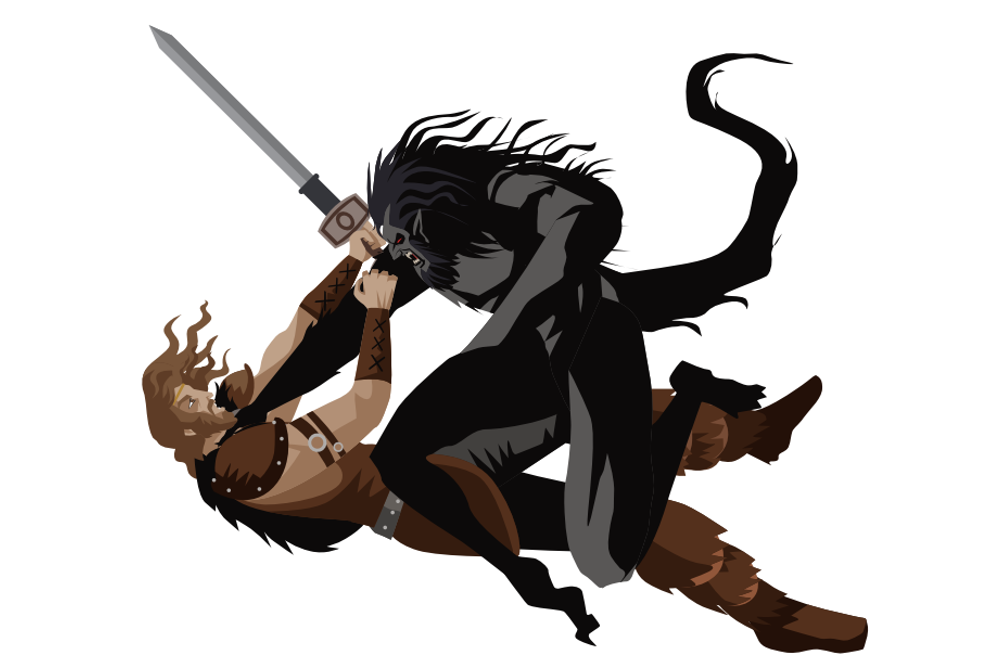This scheme of work is based on the legend of Beowulf.
The five lessons cover his journey from Geatland to the Land of the Danes, his killing
of Grendel and Grendel’s mother. The lessons use a range of drama strategies and
conventions to help students emotionally and inter-actively engage with the various
settings, characters, situations, events and key moments in the legend. They will be working
individually and collaboratively, in pairs, small groups and as a whole class, sometimes with
teacher in role too. Optional, linked writing opportunities for each lesson, have been suggested.
By the end of this scheme, students will have:
- Responded emotionally, physically, creatively, cognitively and collaboratively, to an
important legend
- Improvised, rehearsed, and performed in role, as various characters, settings and objects,
within given situations and at key moments
- Created dramatic outcomes, using voice, sound, movement, stillness, gesture and body
- Manipulated dramatic action, to explore and communicate characters’ thoughts and feelings
at various points in the legend
- Altered voice and movement to show changes in mood and atmosphere, and to create
images and effect
- Devised, rehearsed and performed scenes and images, that communicate and develop the
narrative and deepen their understanding of it, using dramatic tension and dramatic symbols
to make and communicate meaning.
The five lessons cover his journey from Geatland to the Land of the Danes, his killing
of Grendel and Grendel’s mother. The lessons use a range of drama strategies and
conventions to help students emotionally and inter-actively engage with the various
settings, characters, situations, events and key moments in the legend. They will be working
individually and collaboratively, in pairs, small groups and as a whole class, sometimes with
teacher in role too. Optional, linked writing opportunities for each lesson, have been suggested.
By the end of this scheme, students will have:
- Responded emotionally, physically, creatively, cognitively and collaboratively, to an
important legend
- Improvised, rehearsed, and performed in role, as various characters, settings and objects,
within given situations and at key moments
- Created dramatic outcomes, using voice, sound, movement, stillness, gesture and body
- Manipulated dramatic action, to explore and communicate characters’ thoughts and feelings
at various points in the legend
- Altered voice and movement to show changes in mood and atmosphere, and to create
images and effect
- Devised, rehearsed and performed scenes and images, that communicate and develop the
narrative and deepen their understanding of it, using dramatic tension and dramatic symbols
to make and communicate meaning.

Register now to continue reading
Register to the Drama & Theatre website today and gain access to all the latest news and developments from the world of drama education.
By registering you will receive:
-
Free access to 4 subscriber-only articles per month
-
Unlimited access to news and opinion on our website
Already have an account? Sign in here
